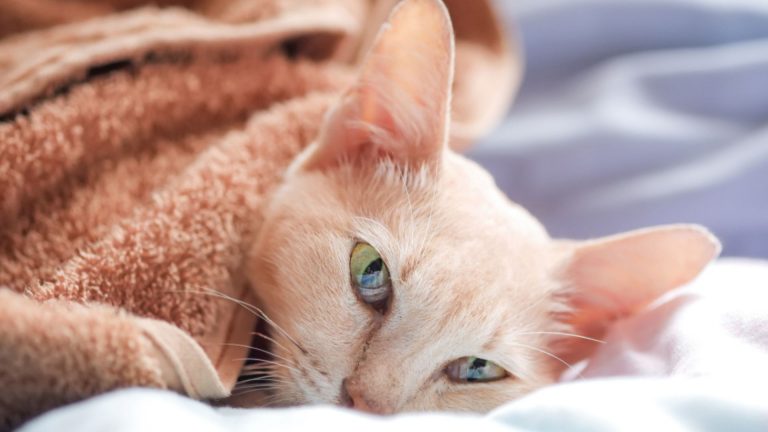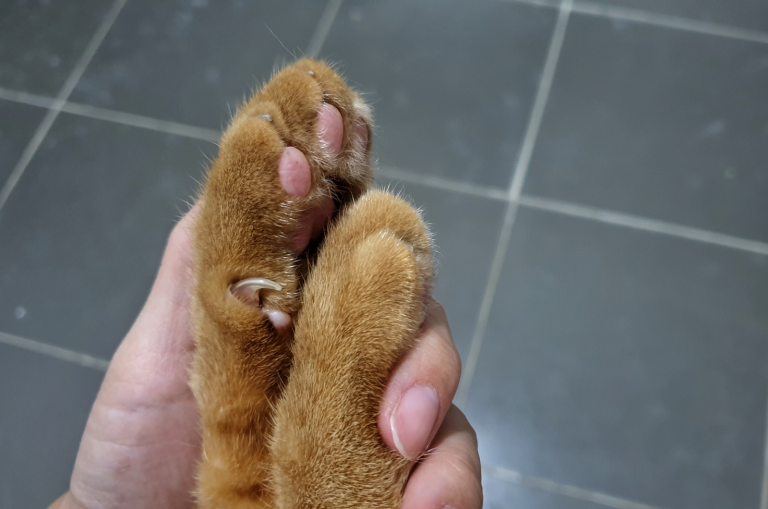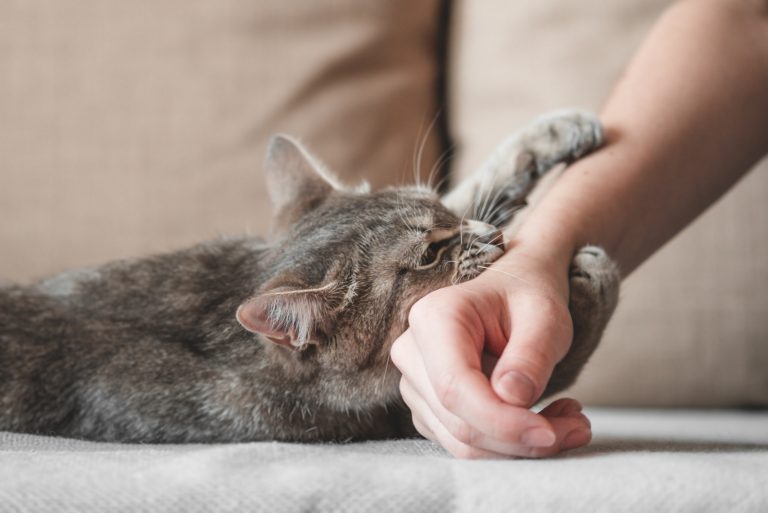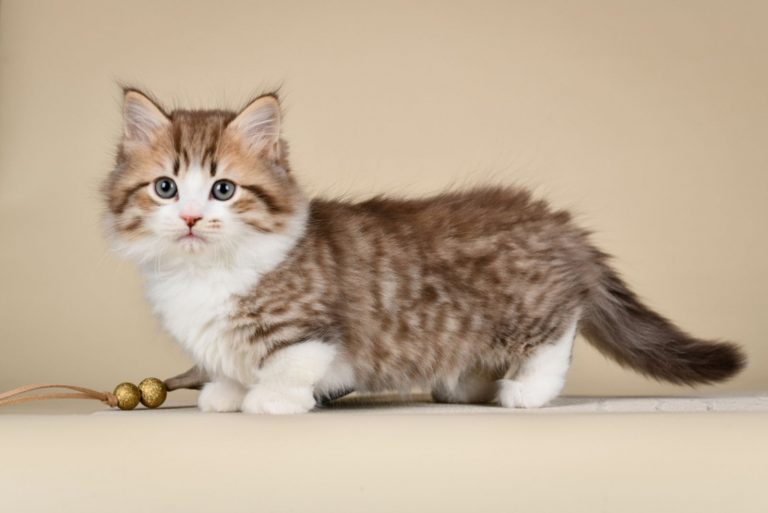10 Signs Your Cat Is Thriving And 5 Red Flags To Watch For
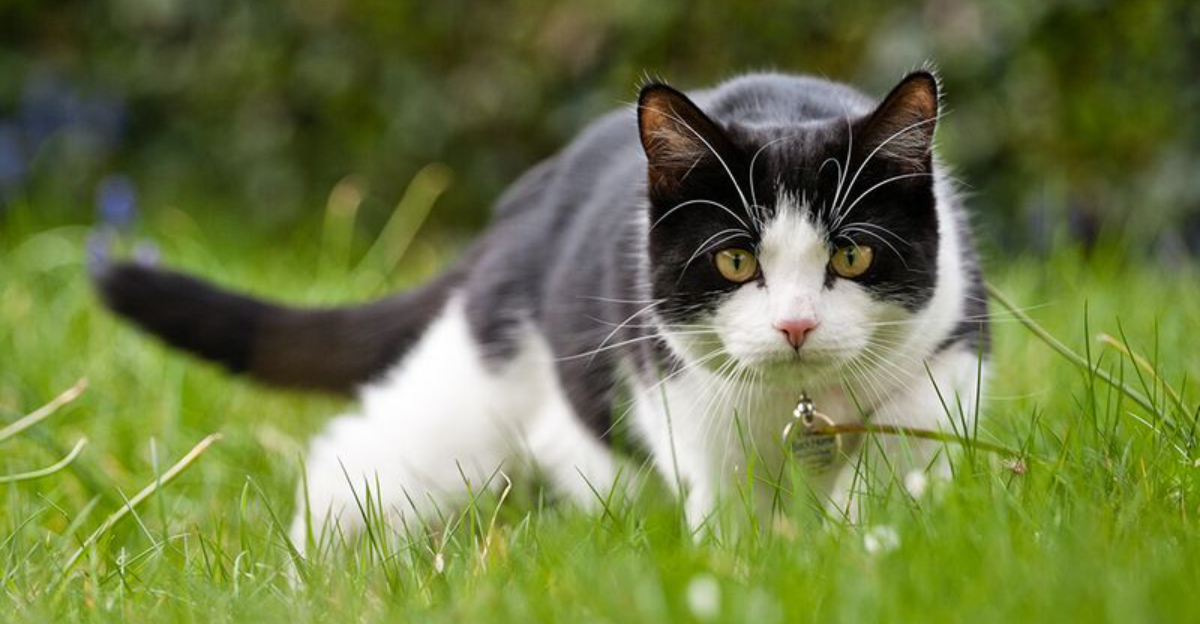
Cats communicate their well-being through subtle behaviors and physical cues that might go unnoticed by even the most devoted pet parents.
Understanding these signals helps ensure your feline friend lives their best nine lives. This guide reveals ten positive indicators your cat is flourishing and five warning signs that deserve immediate attention.
1. Playfulness And Energy
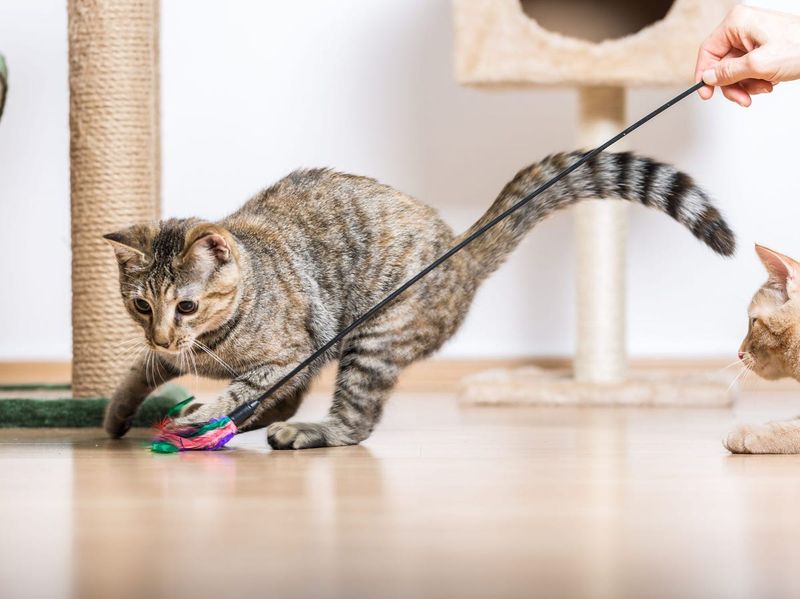
Frisky felines who regularly pounce on toys or chase imaginary prey demonstrate excellent health. Their playful antics aren’t just adorable—they’re vital signs of mental stimulation and physical fitness.
Even adult and senior cats should display bursts of playful energy daily. These moments of activity indicate your cat’s hunting instincts remain sharp and their body functions properly.
2. Healthy Coat And Grooming Habits
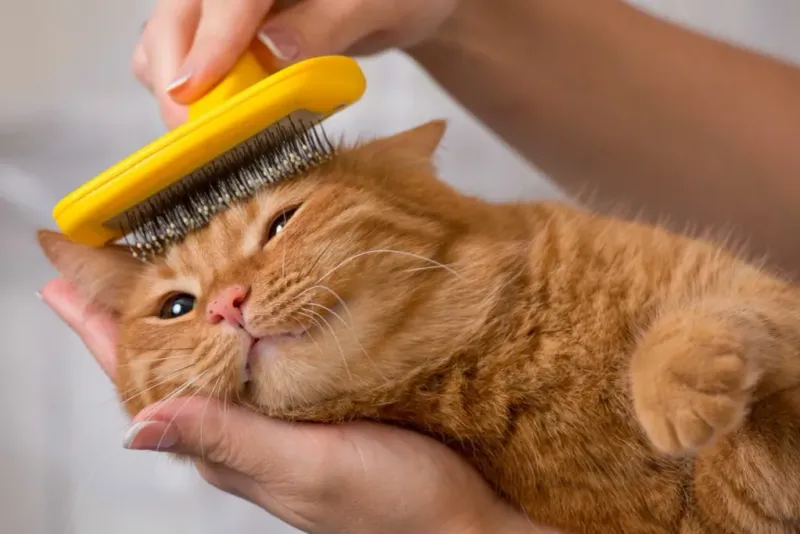
Silky fur that gleams under light signals optimal feline health. Your cat’s meticulous self-grooming routine keeps their coat pristine and helps them maintain proper body temperature.
Regular grooming sessions also indicate good joint mobility and energy levels. Watch for your cat’s characteristic washing technique—starting at the face and working methodically across their entire body.
3. Appetite And Eating Habits
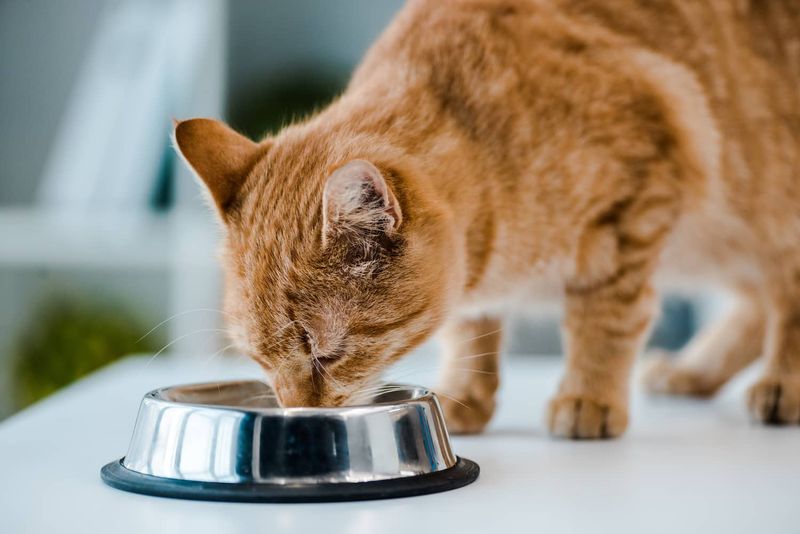
Mealtime enthusiasm speaks volumes about your cat’s overall health. A robust appetite—whether they delicately nibble throughout the day or eagerly devour scheduled feedings—suggests their digestive system works properly.
Consistent eating patterns matter more than quantity consumed at once. Many cats prefer multiple small meals, mimicking their natural hunting behavior of catching several small prey daily.
4. Good Litter Box Behavior
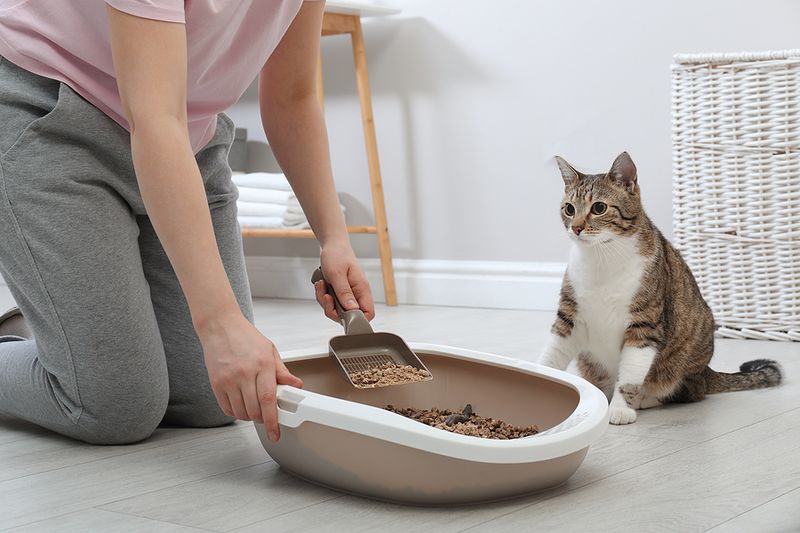
Reliable bathroom habits reflect your cat’s digestive and urinary health. Cats naturally prefer clean, private spaces for elimination—consistently using their litter box shows both physical wellness and environmental comfort.
The waste itself offers health clues: well-formed stools and regular urination patterns indicate proper hydration and digestion. Most cats should use their box at least once daily for bowel movements.
5. Socialization And Affection
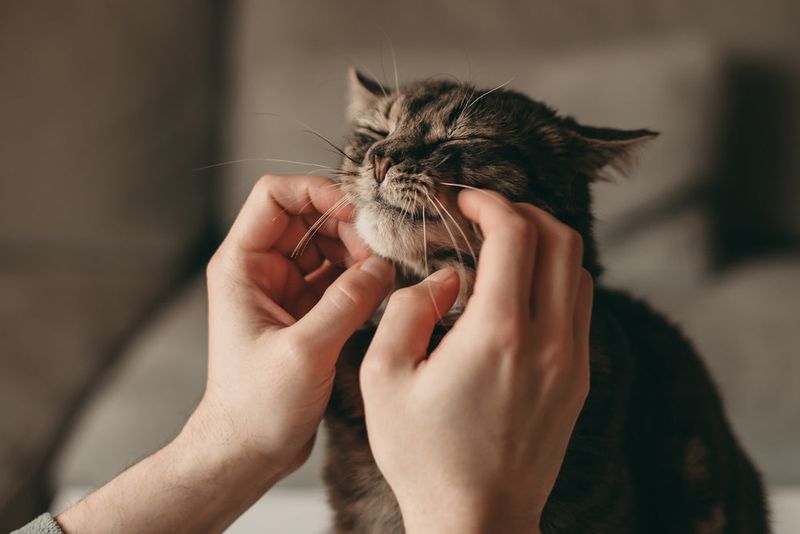
Contrary to their independent reputation, well-adjusted cats seek human interaction on their terms. Your feline friend might express affection through gentle head-butts, slow blinks, or purring when you enter the room.
These social behaviors indicate emotional security and trust. Even typically aloof cats should display some form of acknowledgment toward their favorite humans, whether through proximity or brief moments of connection.
6. Calm And Relaxed Behavior
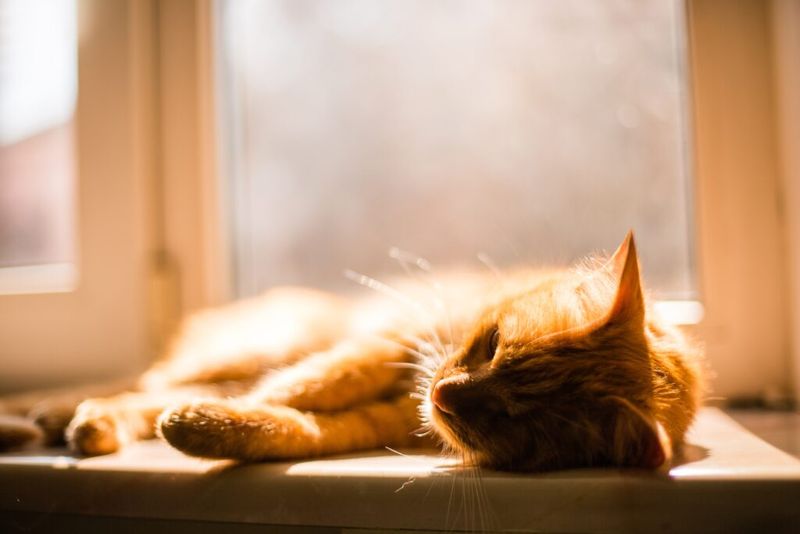
Serene lounging positions reveal your cat’s comfort level within their environment. The famous “loaf” position (paws tucked underneath) or stretched-out sleeping postures demonstrate they feel secure enough to be vulnerable.
Healthy cats balance activity with plenty of restful moments. Adult cats typically sleep 12-16 hours daily, often choosing sunny spots or elevated perches where they can monitor their domain while dozing.
7. Healthy Weight And Body Condition
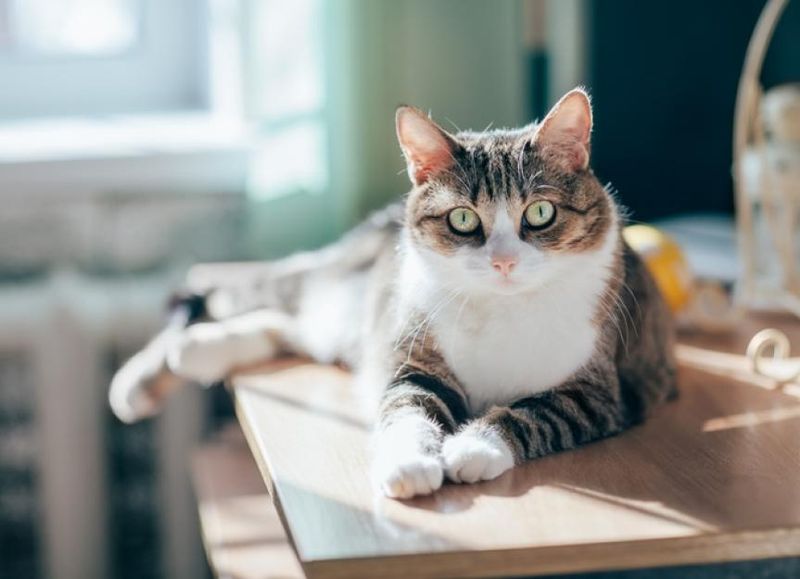
Gently running your hands along your cat’s sides should reveal a slight waist behind the ribs without prominent hip bones. The ideal feline silhouette resembles an hourglass when viewed from above.
Weight stability matters more than specific numbers on a scale. Regular body condition checks help you notice subtle changes before they become problematic—you should feel ribs with light pressure but not see them.
8. Bright, Clear Eyes
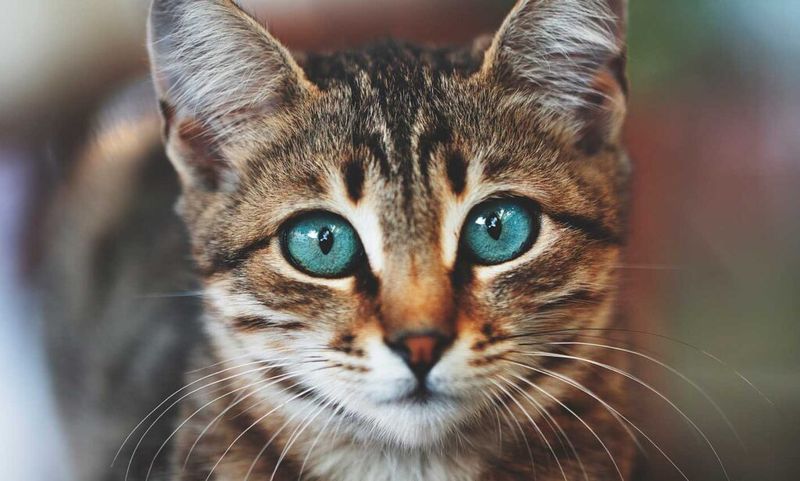
Windows to your cat’s soul, healthy eyes appear bright, alert, and free from discharge. The pupils should respond quickly to light changes, and the surrounding tissue should maintain its natural color without redness.
Occasional eye boogers are normal, especially upon waking. However, consistently clear eyes indicate good hydration and absence of infection or allergies—a reliable indicator of overall wellness.
9. Good Mobility And Posture
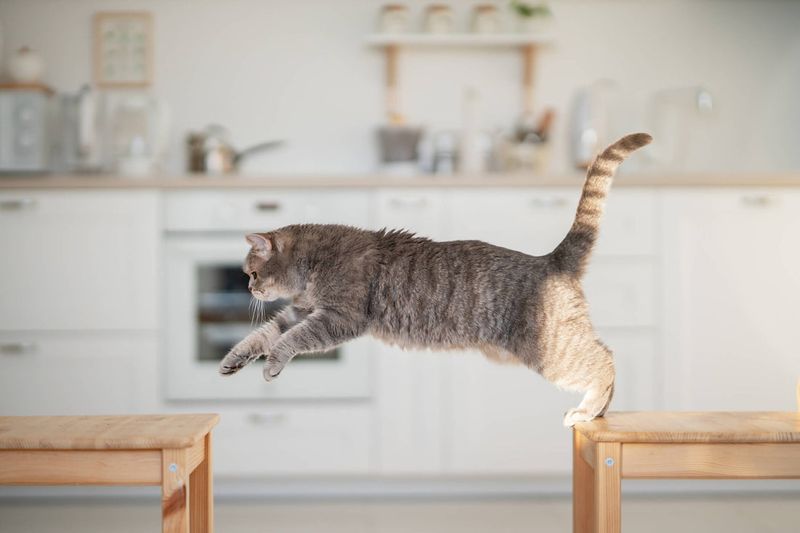
Graceful movements showcase your cat’s musculoskeletal health. From effortless counter jumps to elegant stretches, fluid motion indicates pain-free joints and proper muscle tone.
Even senior cats should move without obvious stiffness. Watch how your feline friend navigates their territory—their confident stride, balanced landings, and smooth transitions between positions all reflect physical wellbeing and comfort.
10. Responsive To Stimuli
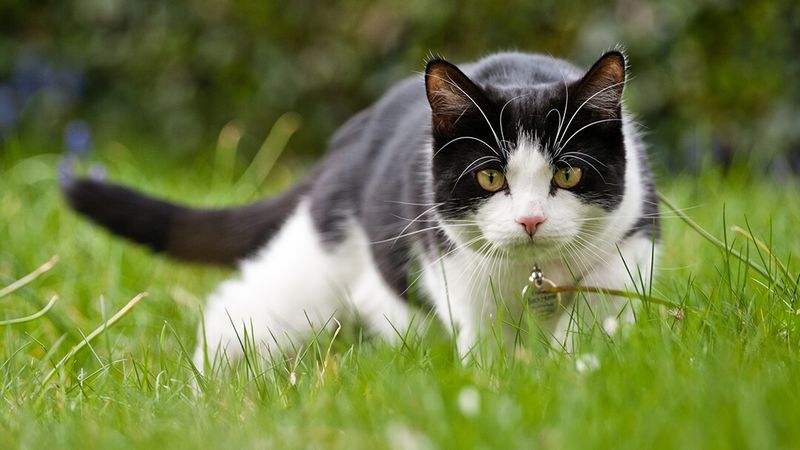
Alert ears that swivel toward interesting sounds demonstrate your cat’s sensory awareness. Healthy felines remain curious about their surroundings, tracking movements with their eyes and investigating new scents with interest.
This environmental engagement extends to interactive play. A thriving cat responds enthusiastically to toys that mimic prey movements, showing their natural hunting instincts remain sharp and their senses function properly.
11. Loss Of Appetite Or Sudden Weight Loss
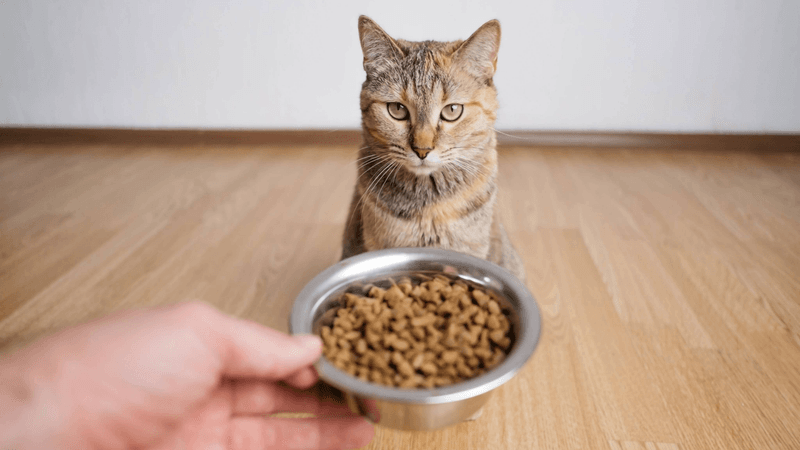
Meal refusal beyond 24 hours requires immediate veterinary attention. Cats naturally hide illness, making appetite changes critical early warning signs of various conditions from dental pain to kidney disease.
Weight loss happens gradually in healthy diet transitions but should raise alarms when unexpected. A cat losing more than 10% body weight without explanation might be experiencing serious health issues requiring prompt medical evaluation.
12. Change In Litter Box Habits
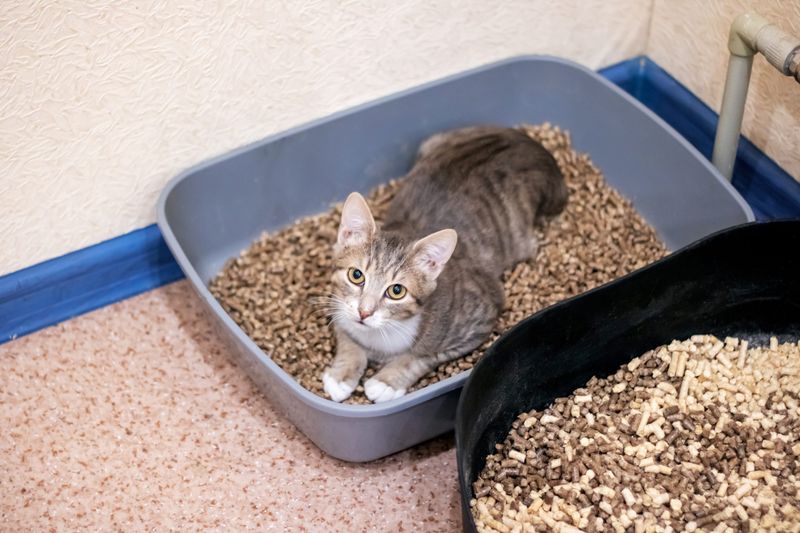
Frequent trips with minimal output may indicate urinary tract issues—a potentially life-threatening emergency for male cats. Straining, crying during elimination, or avoiding the box entirely shouldn’t be ignored.
Location matters too. Suddenly eliminating outside the litter box might signal discomfort with the box itself or difficulty reaching it. These changes require both veterinary assessment and environmental evaluation to resolve properly.
13. Excessive Grooming Or Lack Of Grooming
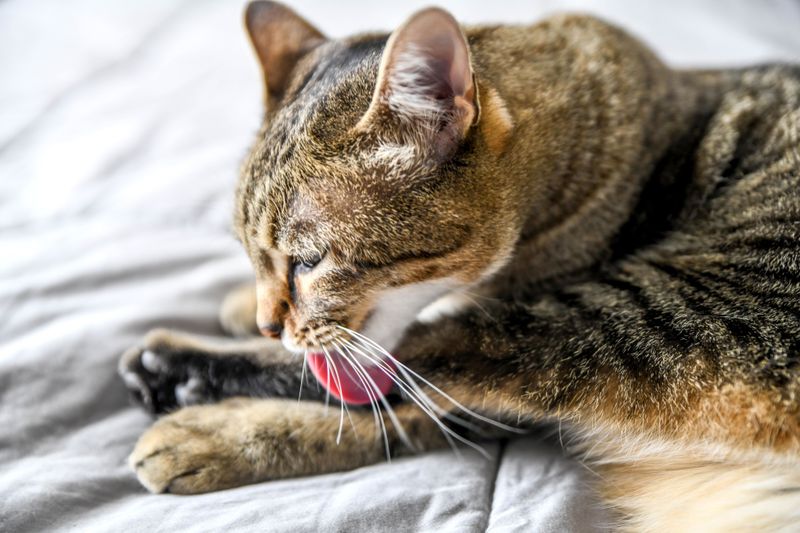
Obsessive licking focused on one area often creates telltale bald patches, signaling skin irritation, allergies, or stress. Cats may over-groom in response to pain, even when the discomfort originates elsewhere in the body.
Conversely, grooming cessation indicates serious concerns. Healthy cats maintain meticulous hygiene routines, so a suddenly unkempt appearance suggests they lack energy or mobility to perform this essential self-care task.
14. Lethargy And Disinterest
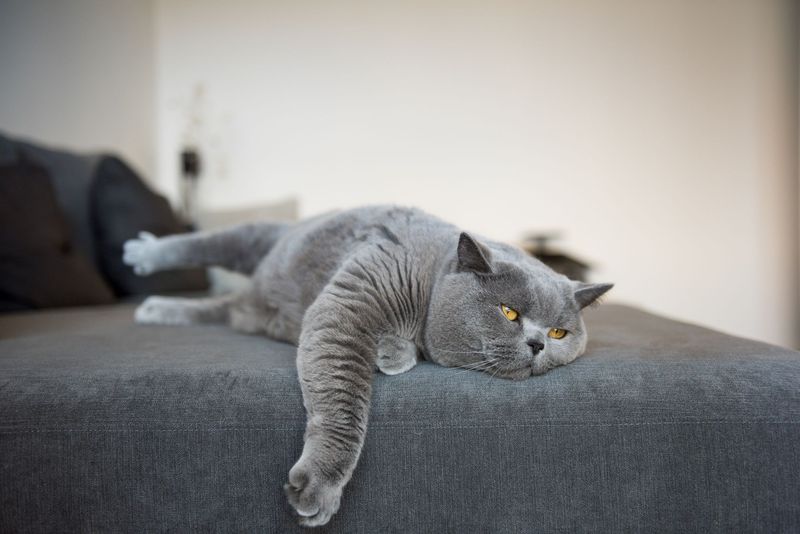
Missing the daily “zoomies” or playtime enthusiasm? Unusual inactivity warrants attention. While cats naturally sleep extensively, they should display energy bursts and interest in environmental enrichment between rest periods.
Context matters when assessing energy levels. A cat who ignores favorite toys, treats, or interaction opportunities likely feels unwell. This withdrawal from normal activities often precedes more obvious illness symptoms.
15. Excessive Vocalization Or Aggression
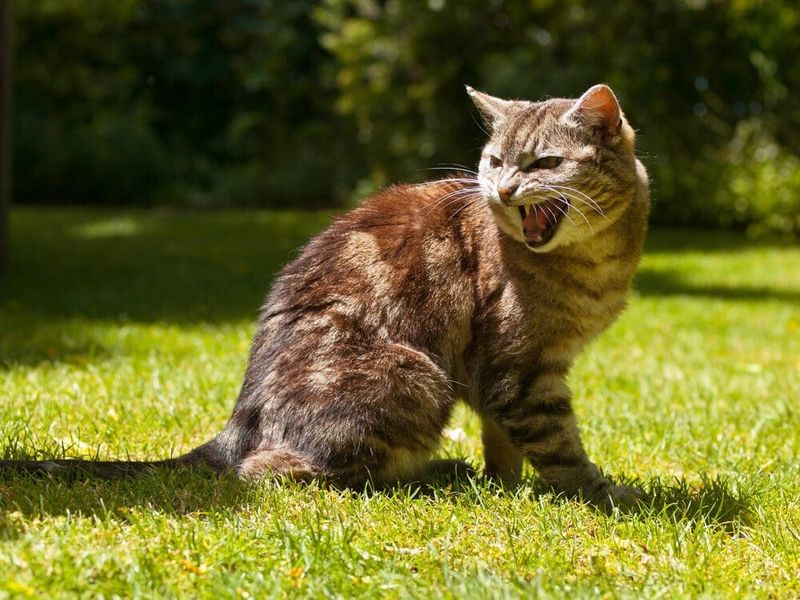
Unusual howling, especially at night, may signal cognitive changes, pain, or sensory decline. Senior cats commonly vocalize more due to confusion or disorientation, but sudden changes warrant investigation regardless of age.
Unprovoked aggression represents another serious red flag. A typically friendly cat who hisses, swats, or bites when approached or touched likely experiences pain or fear. These behavioral shifts require prompt professional evaluation to identify underlying causes.


